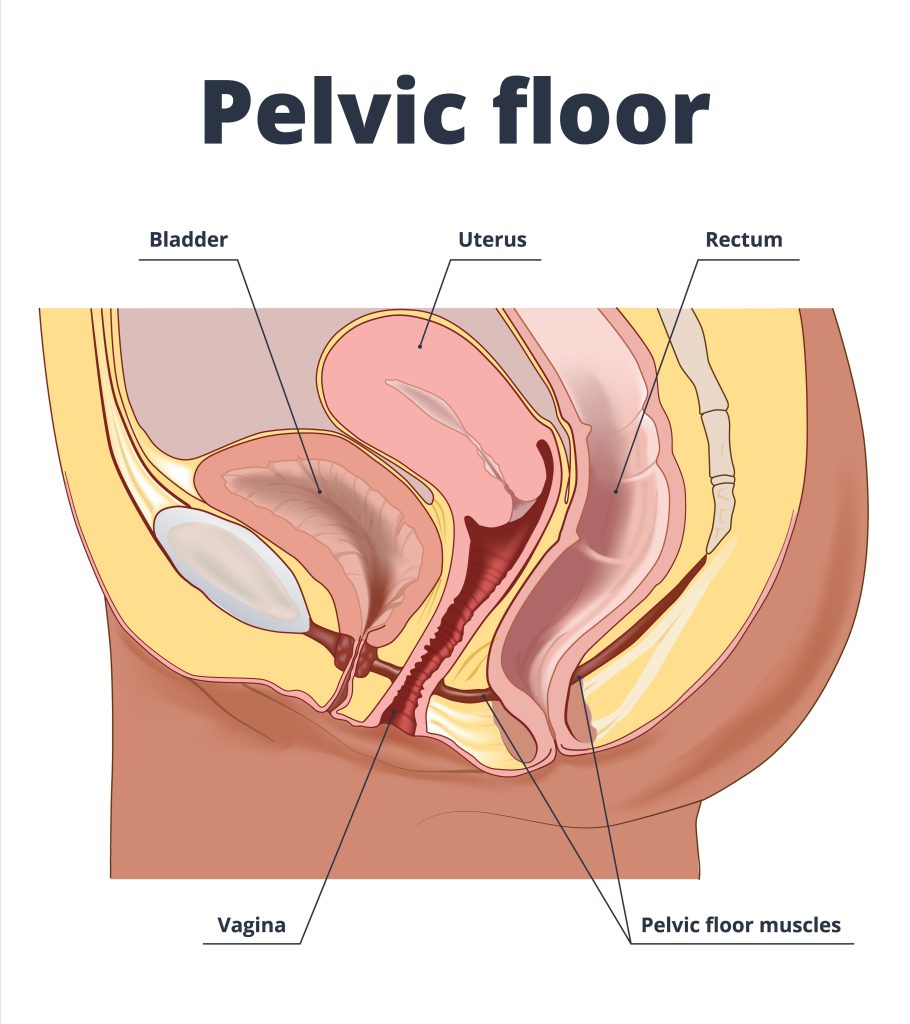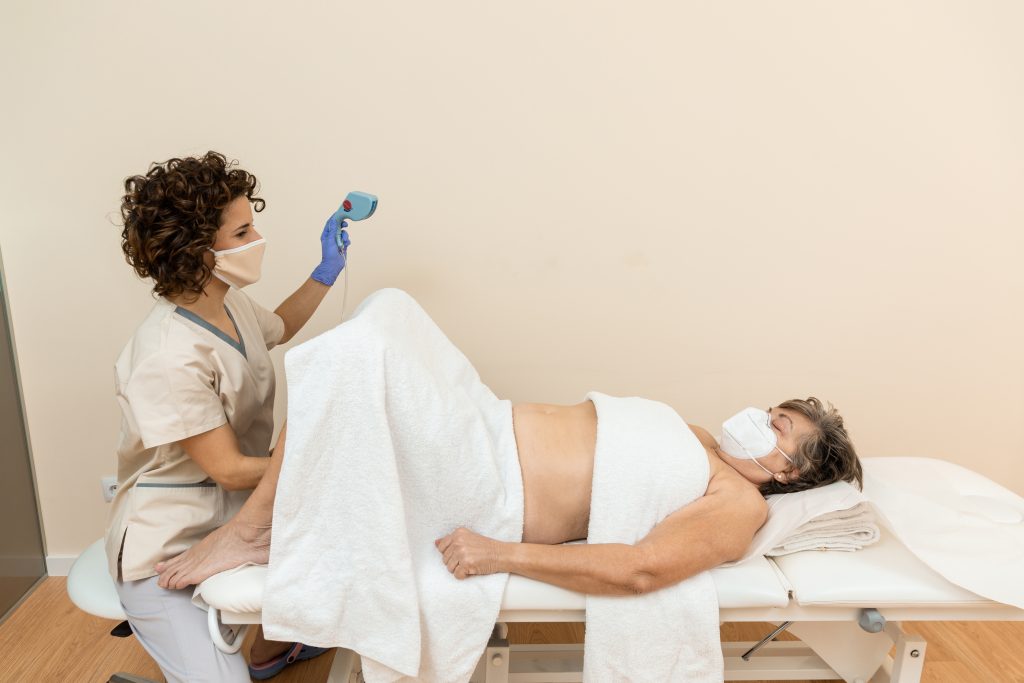
Physical therapy for the pelvic floor involves exercises that target the pelvic muscles. Pelvic physical therapy can help treat incontinence, pain, and sexual dysfunction. This article explains pelvic physical therapy and why some doctors recommend it.
What Is Pelvic Floor Physical Therapy

Pelvic floor physical therapy helps strengthen the pelvic floor muscles. Known as the pelvic floor muscles, they surround the vagina, urethra, and anus. They support your bladder, bowels, and uterus.
Pelvic floor physical therapy usually involves one-on-one sessions with a therapist. They will teach you how to do specific exercises at home between visits. In some cases, you can do the exercises at home without professional supervision.
When Is Pelvic Floor Physical Therapy Recommended?
Pelvic physical therapy is beneficial for a variety of conditions and situations. A dysfunctional pelvic muscle causes pain and symptoms that interfere with functioning normally.
- Unexplained pain
- Postpartum and pregnancy wellness
- Pregnancy-related pain
- Back, leg, hip, or pelvis pain
- Urinary problems
- Urinary leakage
- How frequent you urinate
- Urinary urgency
- Painful urination
- Interstitial cystitis (IC)
- Difficulty stopping or starting urinating
- Difficulty fully emptying the bladder
- Sexual dysfunction
- Testicular pain
- Sexual pain or genital pain
- Pelvic organ prolapse
- Bowel problems
- Rectal pain
- Fecal leakage
- Fecal urgency
- Straining, constipation, or painful bowel movements
- Pelvic pain
- Pain in the genital or rectum
- Lower abdominal pain
- Pain during pregnancy or postpartum
- Postoperative care
- Symptoms of menopause
What To Expect During Initial Consultation?
A pelvic physical therapy session begins with a thorough history review. Your therapist will ask you questions, including past medical and surgical histories, medications, sexual, gynecologic, and obstetric information.
Your physical therapist must know about your health and your behavior, like:
- Daily fluid intake,
- Do you follow a particular diet, or
- The frequency of your sexual activity.
A thorough examination follows, focusing on the lumbar spine, hips, gait, and posture. During the exam, the therapist usually evaluates both internal and external muscles. They often ask patients to stand, walk, and sit to see if they have any existing posture or joint issues.
If you feel comfortable, you may opt for a pelvic examination during your initial consultation.
Pelvic Floor Exam
A pelvic floor physical therapist will do an hour-long exam in a private room. During the exam, the pelvic floor physical therapist will need to place his or her fingers on your rectum or vagina.
The evaluation determines if the therapy is appropriate and helps create a treatment plan. Usually, therapy depends on what symptoms you’re experiencing.

How Does Pelvic Physical Therapy Work?
As soon as you start pelvic floor therapy, your physical therapist will learn more about your symptoms. The PT will also check your core muscles to see if they’re strong and your core endurance.
Pelvic floor physical therapy aims to reduce your symptoms so you can return to your routine. Like controlling your bladder better or participating in sports and exercises you enjoy.
Techniques And Exercises
A pelvic floor physical therapist may use techniques or exercises like:
- Patient education. You might need to learn how your pelvic anatomy works and how each component works together. Know how your habits or hygiene affect your symptoms.
- Electrical Stimulators: The therapist uses low-voltage electric current to teach you how to control your contractions reducing pain and muscle spasms.
- During trigger point therapy, your doctor or PT will apply pressure to a spot on your body, internally or externally. Additionally, they can also inject anesthesia there.
- Manual therapy. Massage and stretching help with posture, blood flow, and mobility.
- Kegels/Pelvic floor exercises. You get taught how to contract and relax pelvic floor muscles in relation to other muscles. Additionally, you learn how to breathe and time. Such exercises can help stretch tight muscles, strengthen weak ones, and improve flexibility.
- You’ll probably get biofeedback from your PT to see how your exercises are going and to watch for improvement. It’s a technique that uses devices to measure how your pelvic floor muscles contract. It could be done externally, like between your vagina and anus, or internally, with an internal probe. You’ll see the results on a screen, and your PT will talk to you about them.
- Vaginal dilators. These can help women learn how to relax their pelvic muscles to penetrate more easily. They can also help with vaginal rehabilitation after gynecological cancer.
Does Pelvic Physical Therapy Work?
Despite its invasive and strange approach, pelvic physical therapy works well for many people. Patients see good results and enjoy a better quality of life after treatment.
A Note From Gulf Physio
We hope you’ve enjoyed learning about the subject matter above. This blog post is not a substitute for medical advice. The author cannot guarantee the accuracy of the information presented. If you have any questions or concerns, please consult a healthcare professional. All decisions and actions you make are your own. No one involved in making this resource is liable for its use.


